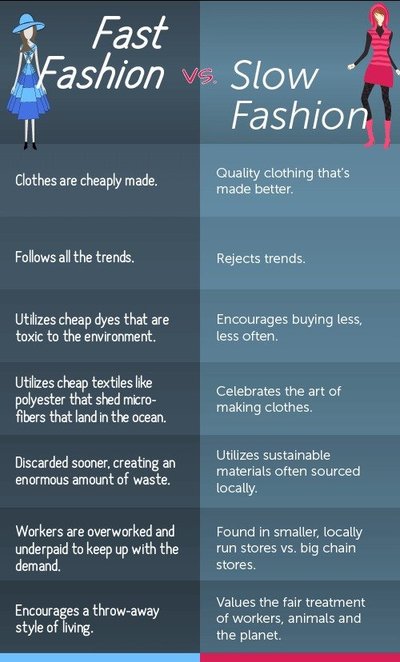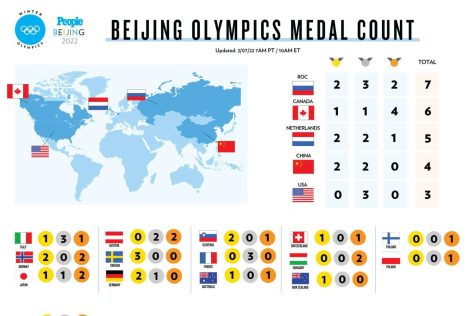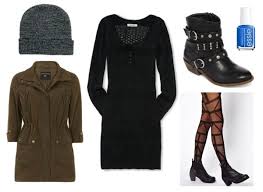Fast fashion is unsafe for workers and destroy’s drinking water
With technology becoming more and more accessible, online shopping has become a common way for people to find more appealing clothes for a reasonable price. Comparative shopping is also super easy on the internet. With the ease of online shopping, the standard for quality clothes has is to promote quick and cheap over quality taking advantage of shoppers inability to compare the clothes in a tactile way. This is known as fast fashion.
The speed of the purchase is one reason why buyers avoid in-person shopping. However, speed doesn’t always equate to quality.
Quality retail stores are now trying to find ways to take advantage of the public shift from fast fashion sold online/big box retailers by drawing attention to the workmanship and eco-friendly working conditions to maximize the benefits of a slowly made garment versus those created to enter, and exit market quickly.
Fast fashion has become more and more defined over time. In the late 1990s and through the early 2000s, stores both in-person and online retailes took advantage of being able to source cheaper materials. And while cheaper may be better for one’s wallet, it is definitely not better for the environment.
Large box and mall retailers such as Gap, Forever 21 or H&M have have been the slowest retailers to use this marketing technigue. These businesses thrive on the marketing concepts that promote trend and fad by creating flashy advert ridden retail shopping experiences. Retailers like The Gap and Forever 21 promote cheaply made garments the are “on trend” and tout the idea that one should hurry to by tthe product before it sells out. Promoting trendy, cheap clothing, however, comes at a cost.

The fashion industry is 2nd largest polluter of clean water globally, the materials some companies use are derived from fossil fuels.
The faster the garment is made, the chemicals they use to make them can be harmful for the environment and for the workers making them. The large majority of textiles used to make fast fashion come from countries like China, Bangladesh, Vietnam and Indonesia who not only thrive on sub-par textile but depend on cheap labor to be able to keep the base price low.
These cheap laborers are put into harsh working conditions that are low paying, while never seeing any of the profits big corporations make when the garment is sold.
This creates environmental poverty among those countries. The United States has different standards and laws that prevent the exploitation of the environment and/or the laborer.
Environmental laws factories follow in the United States require companies to pay a minimum wage and provide safe working environments contrasting the chemically harsh factories of China, Bangladesh and Vietnam. These countries use an excessive amount of water, that when returned to the environment, is toxic to humans and animals.
Polyester, acrylic and nylon are synthetic and require even more fossil fuel to create the components used to make the material. Synthetic clothing twice as harmful all simply to provide a garment that a consumer can get fast.
Our environmental issues are complex and poverty even more so. Purchasing clothing that is created with a work environment that is safe for the worker and the planet, while more expensive, is more likely to last longer because it is of better quality. The fashion industry could also work harder to denounce these fast fashion companies insisting that the conditions for all be better. When both the consumer and the creator insist that the impact on the environment be safer. When both insist on quality over quick, poorly mass-produced quanity – everyone benefits.
hopping.
Matthew 'Cap' Berg is a student at Hillsboro High school and is in 11th grade. He a member of the Academy of International Business and Communications...









